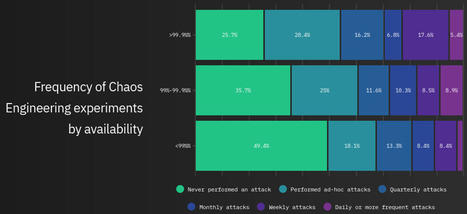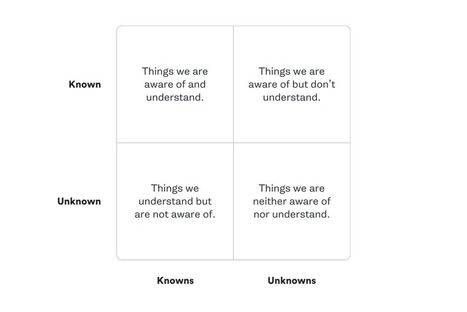L’outil informatique est de plus en plus présent au sein des unités de stérilisation. Son utilisation permet de simplifier et sécuriser le processus en assurant une traçabilité des différentes étapes. Pour faire face à un dysfonctionnement, une procédure de mode dégradé doit être rédigée afin de maintenir l’activité. Ce travail se propose de présenter un exercice de « simulation » de notre procédure de mode dégradé. La première étape a été de formaliser, par une procédure, l’organisation de l’activité en cas de dysfonctionnement informatique. Puis, sans que le personnel soit au courant, l’exercice a été réalisé. Au terme de cet exercice, un débriefing avec l’ensemble des intervenants a permis d’apporter les corrections nécessaires. La simulation d’une panne de notre outil informatique a permis de mettre en évidence certaines difficultés d’application de la procédure initiale. Des éléments se sont avérés difficiles à mettre en œuvre en condition réelle. Les retours du personnel ont donc conduit à une nouvelle mise à jour du document. Cet exercice a permis de vérifier la bonne application et la connaissance de notre organisation en cas de panne de l’informatique. Les retours positifs de cet entraînement de la part du personnel confirment l’intérêt de pratiquer régulièrement ce type de simulation.
Research and publish the best content.
Get Started for FREE
Sign up with Facebook Sign up with X
I don't have a Facebook or a X account
Already have an account: Login
For Product Owners/Product Managers and Scrum Teams: Growth Hacking, Devops, Agile, Lean for IT, Lean Startup, customer centric, software quality...
Curated by
Mickael Ruau
 Your new post is loading... Your new post is loading...
 Your new post is loading... Your new post is loading...
|
|

























